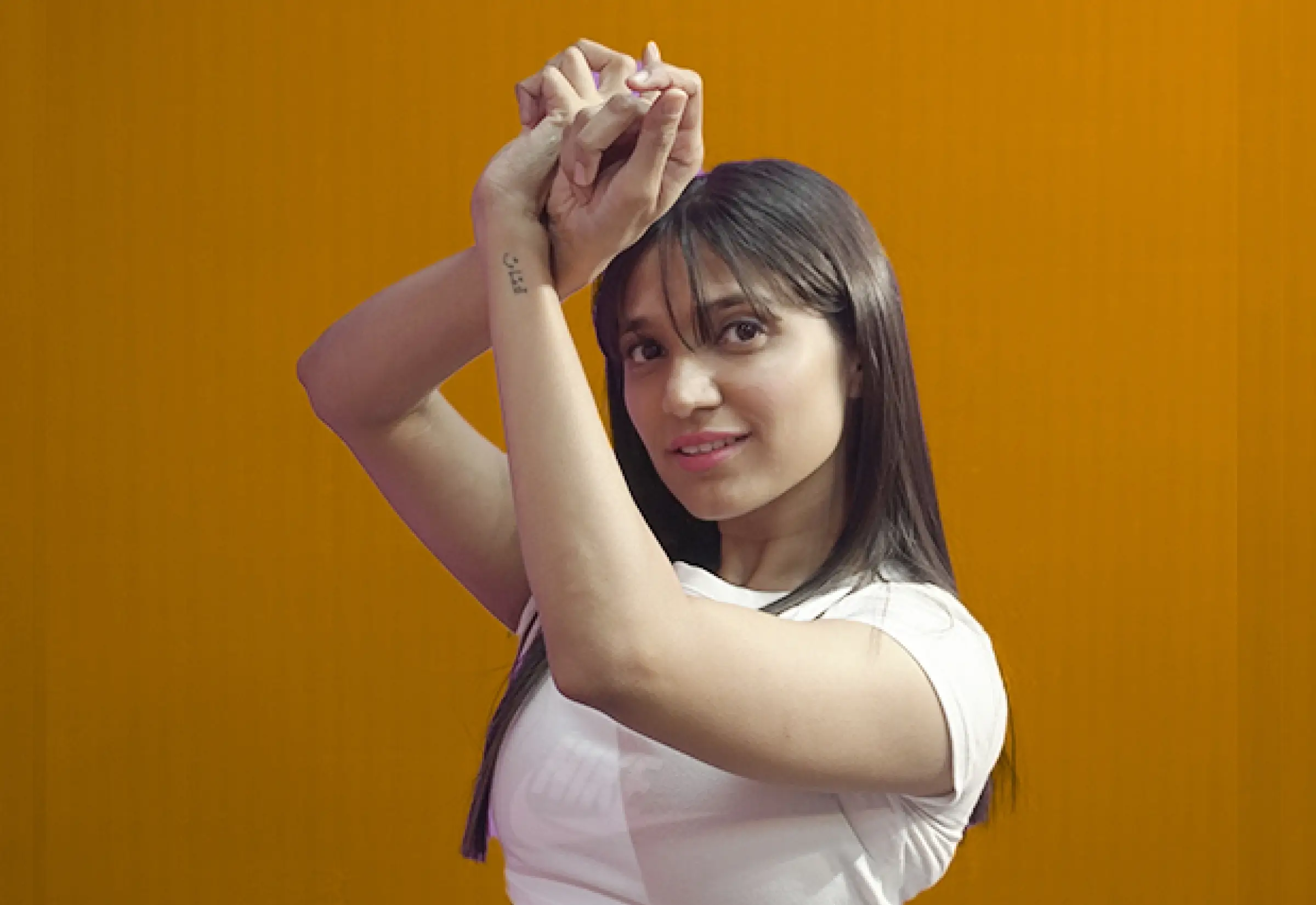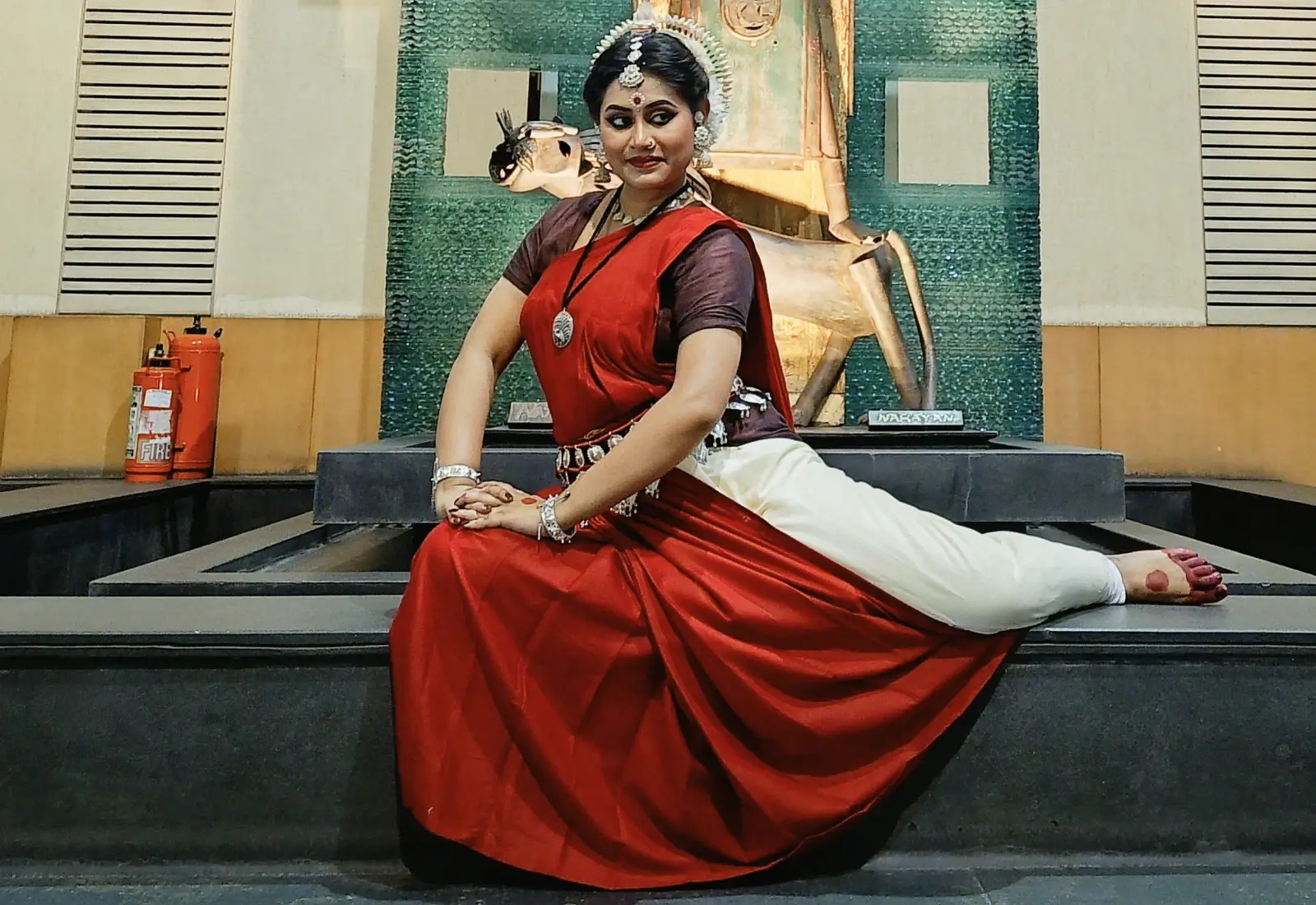Overview
Western dance is an umbrella term used for dance styles from Europe and America. These include ballet, ballroom, jazz, hip-hop, salsa, contemporary, and modern dance. Western dance the world knows today is a blend of several cultural influences from all over the world.
When emotions outgrow the heart, it finds expression through dance. Dance is nothing but moving to the rhythm and music. It is a way to convey, communicate, socialize, narrate, and entertain.
Every community has a strong and unique expression that resonates in their dance. And when American society was taking shape, all these communities came together. They exchanged stories, vibes, habits, and several cultural elements. In the process, music and dance also evolved.
America is a melting point for diverse cultures. And so is Western dance for having resulted from this constant collaboration and contribution. This readiness to embrace the new and evolve is a major differentiator of Western dance. This is contrary to the traditional dance forms that hold tight to their cultural essence. This makes Western dance alive, vibrant, and relevant to the time.
Origin & Evolution
Tracing the origin of Western dance styles maneuvers through different cultures worldwide. Before written records were available, the only evidence was the cave paintings. Dancing figures in the caves of Spain and France show that dance has been a part of religious rites. These are evidences from the prehistoric times that have no connection with modern dance.
Tracing back, here is a closer look at the ancient civilizations and factors like the evolution of human society, and the relocation of tribes across geographies that contributed to the shaping of the Western dance.
Egyptian Dance
As per the written records, dance was a part of rituals carried out by hunters. It is believed that dance motivated the next hunt. These group dances upheld a spirit of unity and strength among the tribes. It featured the dancers dancing in a specific pattern with a priest managing the entire act. Over time, these dances separated from the rituals and developed into individual forms of performing art.
Moving ahead, dance became part of worshipping and religious activities. Further, it went on to become a part of harvest festivals. Music developed in tandem. The Egyptians created their own string, wind, harp, and percussion instruments. Dance started to become a part of social events. The professional dance troupe performed at the public squares of cities like Thebes and Alexandria as per historical records.
The Egyptian dance postures and moves were acrobatic. Some semblance of the ancient Egyptian dance can be found in classical ballet dance moves.
Greek and Roman Dance
After the Egyptian civilization, another prominent civilization was the Greek civilization. The dance continued to evolve in the royal courts, through rituals, festivals, and public performances in Greece. The influence of Egyptian dance styles was found in Greek dance.
Greek dance was dedicated to deities like Apollo and Dionysus. Besides these, there were dances practiced by warriors. Dance as a part of military training. From being part of different walks of life and social activities, dance maneuvered its way to the theatres.
When it comes to Roman dance, one more name gets highlighted - Etruscan. There are mentions of this little-known tribe between 7th and 5th century BC. Dance was a part of enjoyment for them. Women were active participants in dance on occasions of funerary chain dance and couple dance as revealed in Etruscan frescoes.
Romans were rather sober in their demeanor in all aspects and the same reflected in their approach towards dance. Their conservative approach deemed dance as an effeminate activity. Yet, they couldn't evade it completely. Dance eventually became an integral part of Roman festivals and celebrations. Between 63 BC and AD 14 - pantomime dance - a stylized way of mime storytelling is mentioned in history.
Dance Through the Times of Christianity and Renaissance
From festivals, funerals, activity-oriented dance, and dance dramas, the next change came in Jewish dance. Energetic dance moves such as leaps and swirls - as marks of merriment featured in the Jewish dance. These dances saw participation from both men and women though both danced in separate groups. Dance continued to be a part of worshipping, festivals, victories, and weddings.
Even during the Christian era, dance was performed for fertility rites, to boost warrior's morale before the fights, and to ward off evil. The Church had a mixed approach towards dance. On one hand, they wanted to prohibit dancing as they perceived it as a trigger for lust and ecstasy. Yet, they tried to incorporate pagan dances during Christian worship. A conflicting opinion could be noticed in early Church Fathers where some considered dance to be an angelic activity, while some were strictly against it.
There were a lot of prohibitions and restrictions on dance from time to time. Yet it managed to survive as a part of rituals and religious practices. Slowly, they found acceptance as sacred dances. In due course of time, dance started to emerge as a part of theatrical performance. Traveling bards and comedians combined dance with their acts of juggling, acting, acrobat, singing, and miming as a part of their entertaining performances.
Historical records between the 11th and 14th centuries mention two dance forms. One is the dance of death (danse macabre) and the other, is the St. Vitus' dance. The former involved ecstatic mass gatherings in churchyards. It was often carried out despite attempts by church authorities to intervene. In the 14th century, a dramatic version called Totentanz emerged in Germany. again Death was the central theme.
St. Vitus' dance became popular in the Low Countries, Germany, and Italy during the 14th and 15th centuries. It manifested as a frenzied, wild dance, often accompanied by screaming and apparent possession. Experts believe it was influenced by religious, medical, and social factors, possibly triggered by the stress of events like the Black Death pandemic that occurred during the mid-13 century.
The next notable event included social bifurcations into three classes - the nobility, the peasantry, and the clergy. This division played a role in shaping the social dances of the time.
The knights, or nobility, had their own ideals, both worldly and spiritual. They celebrated these ideals through events like tournaments and courtly entertainment. Songs and poetry by troubadours and minnesingers praised these activities. The dances of the knights, often performed in pairs, reflected their refined and aristocratic notions of courtly love.
On the other hand, peasants had their own style of dancing. They often danced in circles or lines, holding hands and singing as they moved. Their dances were more rustic and expressive, filled with joy and passion. Unlike the courtly dances, which were usually accompanied by instruments like fiddles, peasant dances relied more on the participants' singing.
Artists of the late Middle Ages often depicted dancing in various forms. Manuscript illuminations and tapestries showed how dance adapted to the ideals of knightly love. Paintings by Flemish artist Pieter Bruegel the Elder vividly captured the exuberant celebrations of peasants, who danced with abandon, stamping and cavorting freely.
Entering the Renaissance
During the late Middle Ages, France was known for leading the way in courtly dance styles. But with the advent of the Renaissance, Italy took center stage. The Renaissance period saw increased mingling between different social classes, as well as the rise of personal wealth.
Dance came into prominence like never before with people from all walks of life engaging in it as a form of expression and entertainment.
During the Middle Ages, celebrations and festivities became more common. Traveling jugglers, who were entertainers skilled in juggling and other acts started teaching dance. They organized dance events and earned accolades for their efforts. Some, like Domenico da Piacenza and Antonio Cornazano, wrote influential dance manuals, creating original dances.
In France, several dance forms emerged from the branle. Branle was a round dance performed by peasants. It gained popularity in the courts. One of the most prominent dances of the 15th century was the morisca, or moresque. It was a romanticized version of dances from Moorish Spain - as recorded by a traveler from Bohemia in 1446.
Advent of Ballet Dance
Dance captured the interest of academicians in French. A group of writers known as La Pléiade tried to bring back the theater style of ancient Greece. They put up performances that included music, singing, and dancing.

Special dance and theatrical performances graced the occasion of royal marriages. One of the noteworthy mentions includes - the Ballet comique de la reine. It was a grand finale put together by the then-popular performer and teacher - Balthazar de Beaujoyeulx. This was the year 1581, when the name Ballet was mentioned for the first time in the pages of history.
Ballet dance emerged as a refined art form that earned an academy of its own in 1661 by the name Académie Royale de Danse.
After 1700, ballet dance continued to get enriched by assimilating folk and social dance elements. Several stories found the most creative and graceful expressions through this dance form. Ballet has survived the test of time and continues to evolve with time. No wonder it is still one of the most graceful dance forms.
Ballroom Dance
Ballroom dance has a rich history that goes way back. It started out in royal courts, where people danced for entertainment and to show off their social status. Over time, it evolved into a structured form of dance with specific steps and styles.
In the 16th and 17th centuries, formal dances like the minuet and the waltz became popular among the nobility in Europe. These dances were very graceful and required precise footwork.

As the years went by, new dances emerged, influenced by different cultures and music styles. In the 19th century, dances like the polka and the mazurka gained popularity, adding more variety to ballroom dancing.
In the early 20th century, ballroom dance became more standardized, with established steps and techniques. Competitions started to be held, where dancers could show off their skills and creativity.
Today, ballroom dance includes a wide range of dances, from the elegant waltz to the energetic cha-cha and the passionate tango. It's enjoyed by people of all ages around the world, both as a social activity and as a competitive sport.
Belly Dance
Belly dance is believed to have originated in the Middle East, possibly in ancient Egypt. Originally, belly dance was a folk dance performed by women for social gatherings, celebrations, and rituals. It was a way for women to express themselves through movement and to celebrate their femininity.
Over time, belly dance evolved and spread to different parts of the world. It absorbed influences from various cultures, including Turkish, Greek, and Arabic traditions. As it traveled along trade routes and through migration, it picked up new styles and techniques.
In the 20th century, belly dance became popular in the West, where it was often performed in cabarets and theaters. This led to further innovation and fusion with other dance styles, creating new forms like tribal fusion and contemporary belly dance.
Today, belly dance is enjoyed by people all over the world, both as a form of artistic expression and as a way to stay fit and healthy. It continues to evolve, with dancers adding their own personal touches and interpretations to this ancient art form.
To learn more about the wide range of Western dance forms, please read - 10 Western Dance Styles Always on High Demands.
Popular Western Dance Performers
Anna Pavlova
Fred Astaire
Rafael Amargo
The Whitman Sisters
Michael Jackson
Beyonce
Ricardo Vega & Karen Forcno














